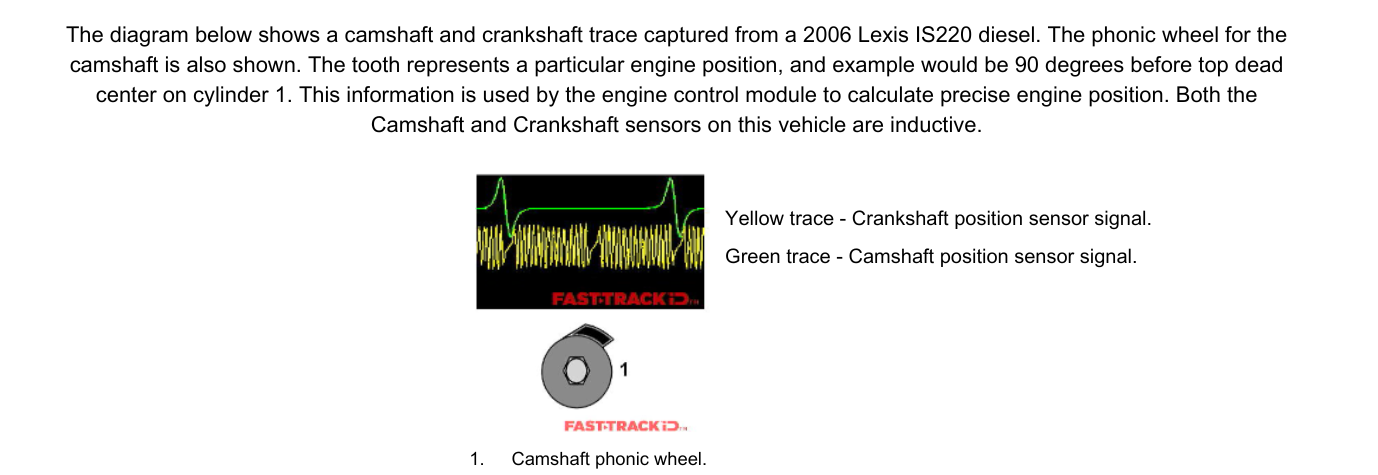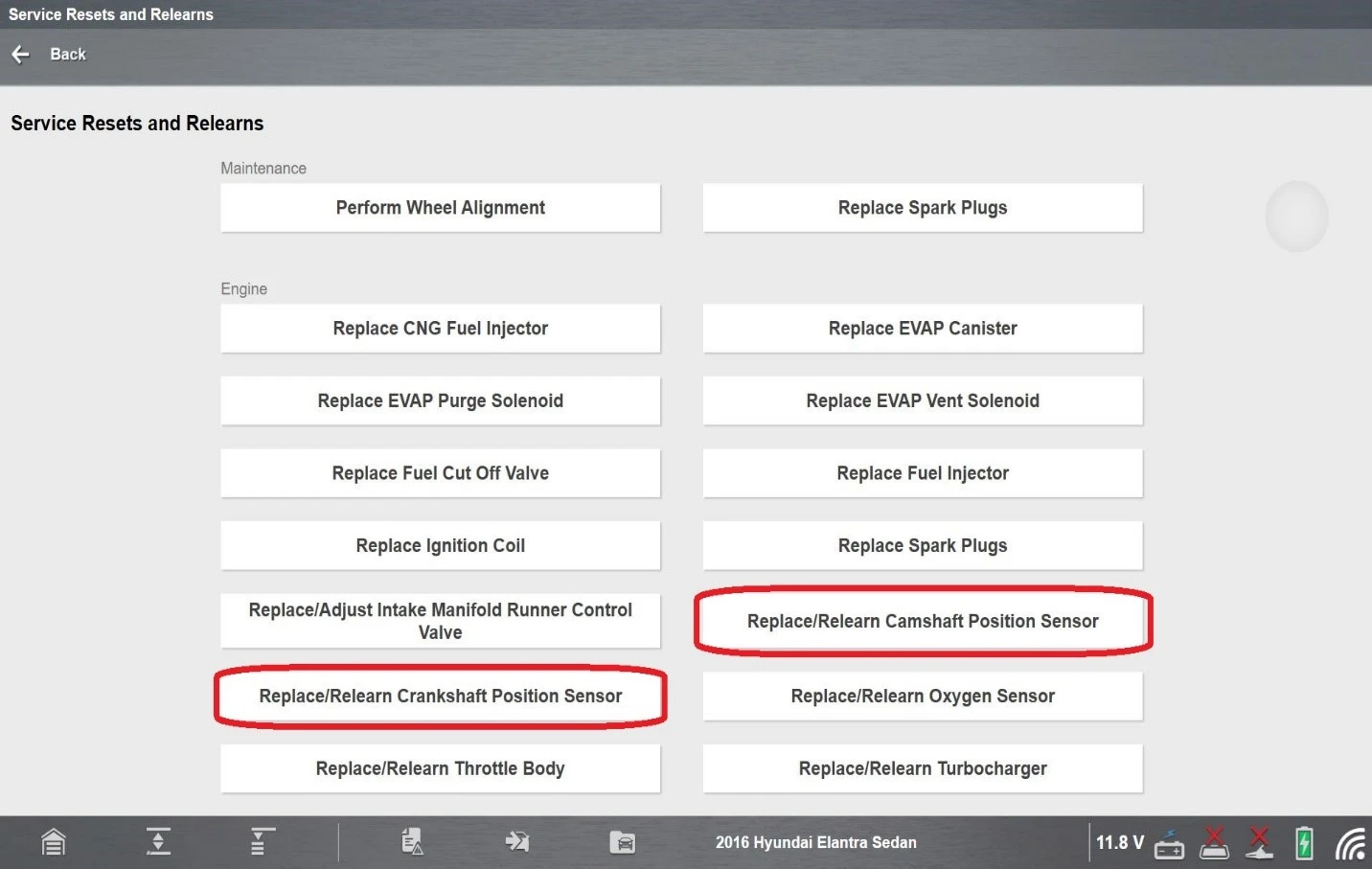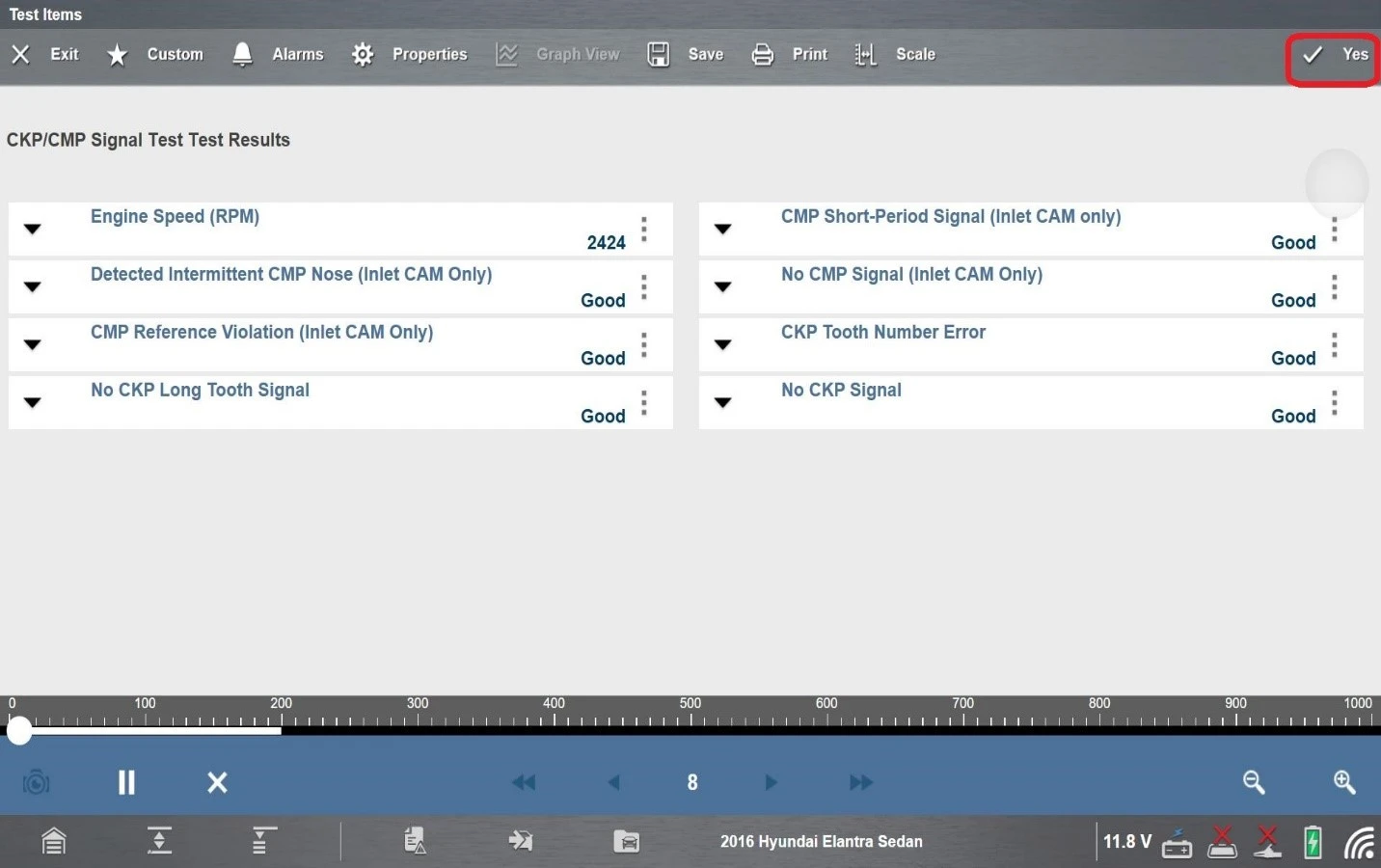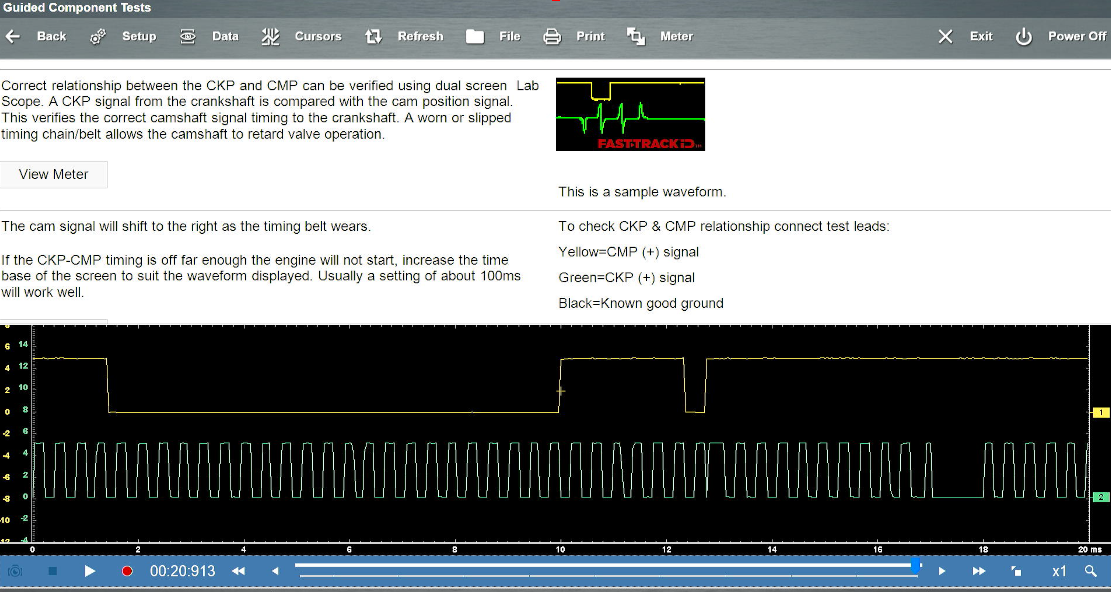The most famous partnership in the 4-stroke engine world is the camshaft and crankshaft. They form a synchronised partnership, that produces the most power with the highest efficiency. As synchronised partners, they perform flawlessly. Think about all the “moving parts” in an engine. The Cam/Crank, along with the Camshaft Position Sensor (CMP) and the Crankshaft Position Sensor (CKP) partner together to control everything – and I mean everything. They control the exact moment the intake valve opens and closes in relationship to the piston position, ignition timing, fuel timing, and start-up. On the other hand, when they are not synced, you can’t say that they don’t “perform” at all: Low power, misfire, backfire, no start, and a possible come-a-part can take place, to name a few.
I wrote an article about timing chain elongation a while back, found here. To quote myself from that article, “It is not horseshoes or hand grenades (where getting it close counts). Close is not good enough when setting up valve timing. The marks must line up exactly as shown with the correct cylinder being on TDC (Top Dead Center)”. Obviously, the same would hold true for camshafts as well as the CMP sensor, crankshafts and CKP sensor synchronisation, wouldn’t it? After all, they are synonymous with each other. So, how do I check for synchronisation? As is my standard answer for almost all things automotive - it depends on the OEM.
Some diagnostic tools have classes available to learn about cam and crank relationships. Here you can learn about known good values.

Let’s look at another way to determine if they are in sync.
Many OEMs will display a trouble code when there is a problem with cam and crank correlation pointing toward a time chain elongation or belt stretch. Some OEMs offer specific CKP/CMP Signal tests. A great example of this is found in the Service Reset and Relearn section on select Snap-on® tools with Guided Component Tests as shown below for a Hyundai®.

It offers a very specific test to determine whether the system is synchronised properly. Driving the vehicle after a timing chain or belt replacement could risk damage to internal components if it is not properly synced and calibrated.

The last step is to take advantage of the on-tool Guided Component Test classes. Click Guided Component Tests from the home menu, click Classes, and go to Power User Tests, then Power User Tests again. Select Dual Channel, then CKP and CMP Relationship.
This presets the scope of everything you need and shows the hook-up instructions. This allows you to see the synchronised partnership of the cam/crank.

You know, I don’t know of many things in life where the phrase ‘synchronised partnership’ really fits, but the partnership between the camshaft and the crankshaft is one of them.
Catch you on the next article.